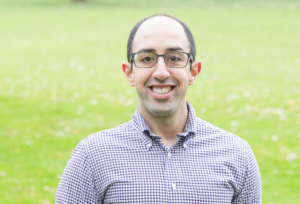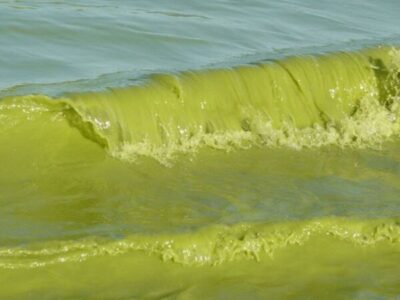
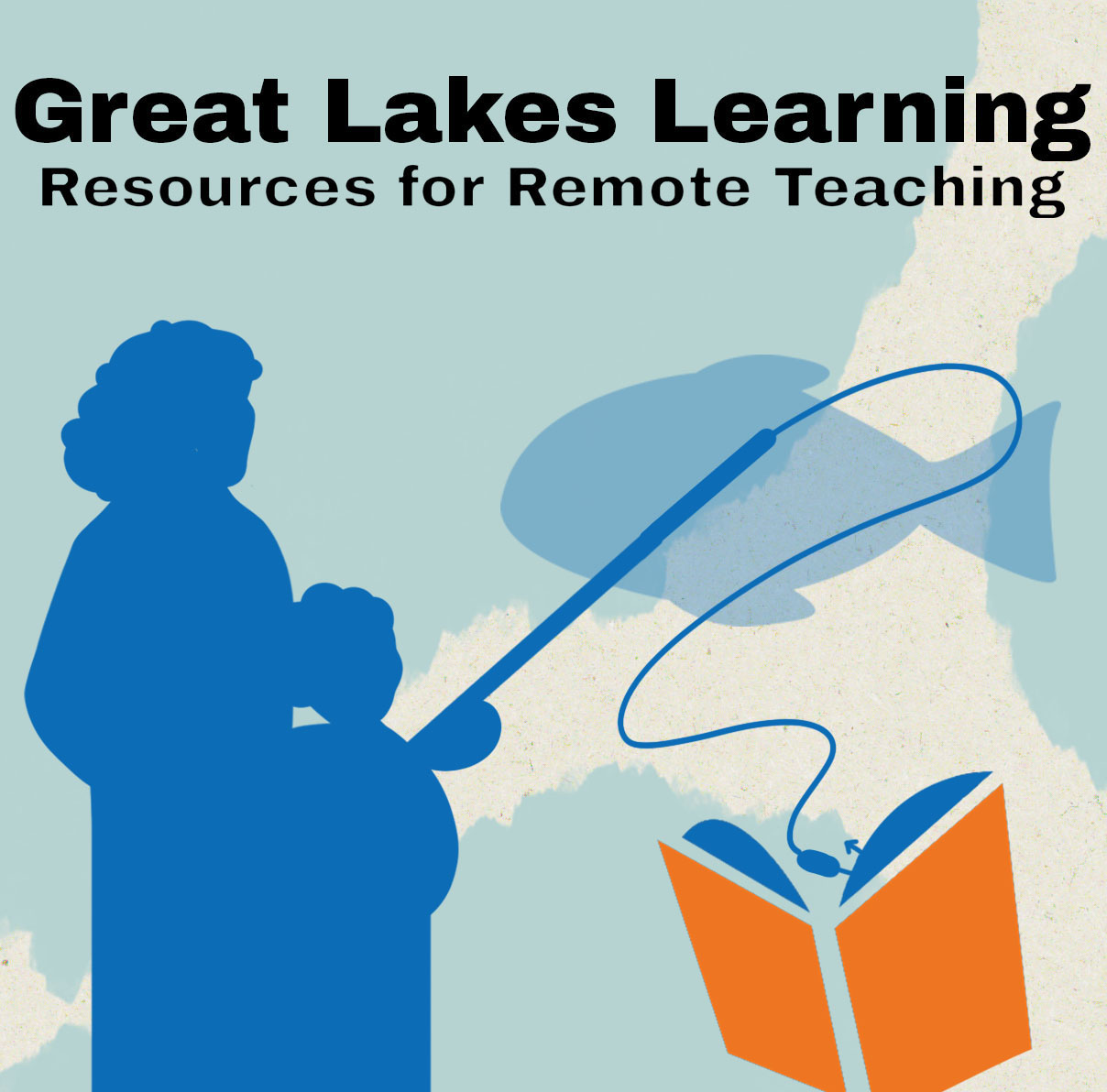 As the author of Great Lakes Now’s collection of lesson plans, educational consultant Gary Abud Jr. is now providing more support for parents, teachers and caregivers who want to incorporate Great Lakes learning into their time with children and students.
As the author of Great Lakes Now’s collection of lesson plans, educational consultant Gary Abud Jr. is now providing more support for parents, teachers and caregivers who want to incorporate Great Lakes learning into their time with children and students.
Find the lesson plans and the virtual field trip online HERE.
By now, you’re probably aware of the toilet paper hoarding that’s been going as part of #QuarantineLife during the COVID-19 outbreak.
People are desperate for it. Stores are out of it. All of a sudden, toilet paper has become a hot commodity while folks are stuck at home for weeks on end. Tensions are running high about what to do if the toilet paper stock runs out.
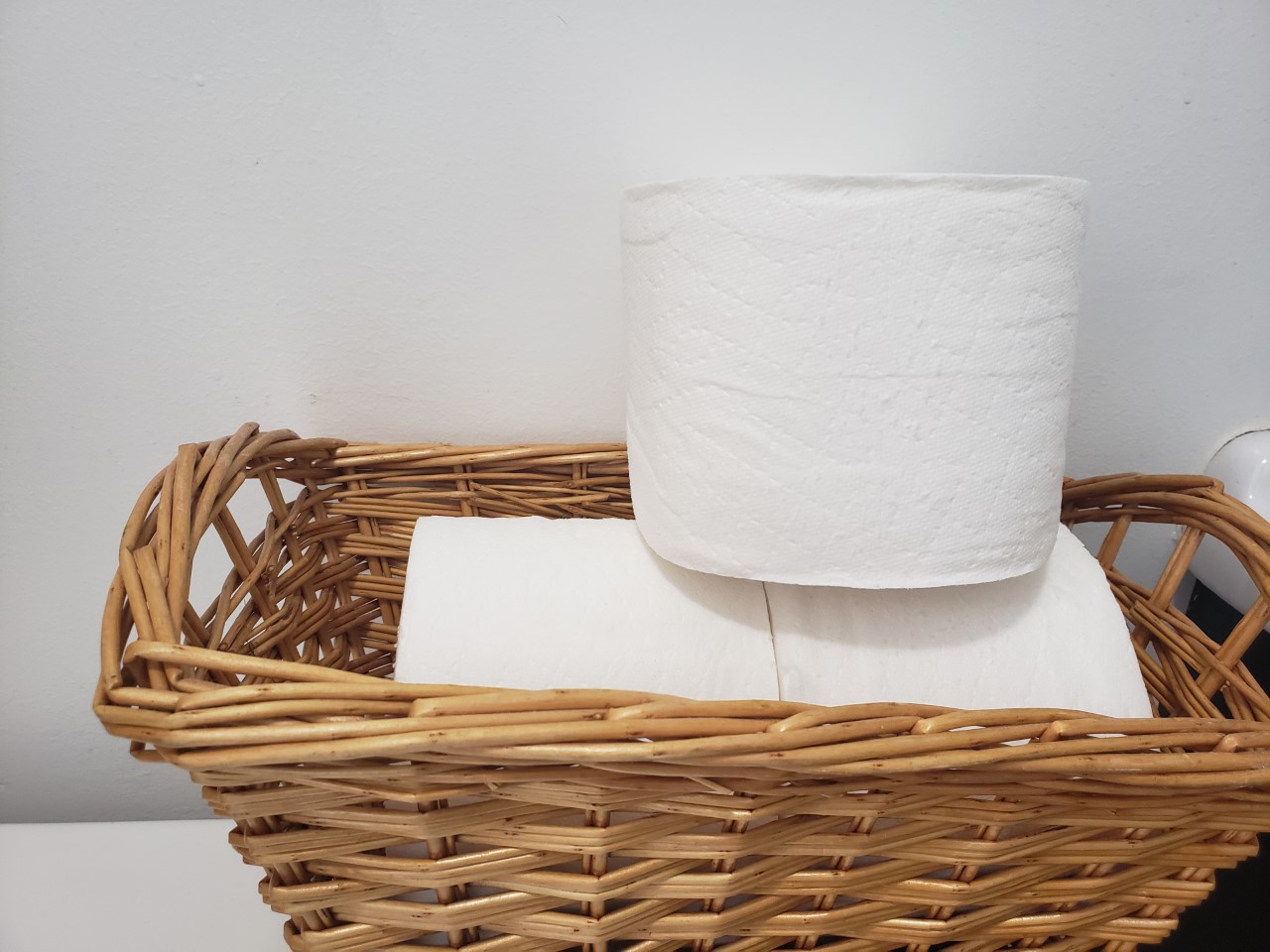
While many memes have poked fun at what alternatives to toilet paper could be used in the event of a shortage, the science behind what goes down the drain is not as lighthearted a topic to consider.
That’s because toilet paper was designed to break down in water over time, making it safe for sewers. However, every day many materials get put in the pipes that should not be there, including a surprising one—flushable wipes.
Yes, it’s true. Something that we’ve all seen or used, which is advertised by its very name to be flushable, should not be flushed down the toilet.
In fact, flushable wipes do not disintegrate like toilet paper in water. And that is causing a massive problem for sewer systems, not just in the Great Lakes region but around the world.
This problem is called a fatberg. Watch our Great Lakes Now segment about fatbergs:
Fatbergs happen when water-insoluble materials (e.g. flushable wipes, paper towels) get flushed down the drain. Since these materials don’t readily dissolve in the water of our sewers, they can accumulate in the pipes or underground in the sewer system and build up until they form an iceberg-like mass of waste.
That’s a fatberg. And fatbergs are jamming up drains and causing big damage to residential and commercial infrastructure—not to mention, giving municipalities great grief to remove them!
That’s why Great Lakes Now covered this issue in a recent episode and designed learning activities around the topic.
It’s an issue that is important for citizens to know, so that they can act accordingly to protect the pipes.
PURPOSEFUL FATBERGS
Typically, the lesson on fatbergs would happen in a classroom or science lab setting. But in this time of school closures, how does the topic of fatbergs translate to a teachable moment while learning remotely?
Here’s how:
Teaching the importance of flushing only toilet paper down the drain is perhaps more relevant than ever, because desperate times may get people considering desperate measures about what they flush. This lesson can easily be connected to the current circumstances of being shut in at home that your students likely are facing.
To design this lesson as a remote-learning opportunity, consider modifying it to have students do only some parts of it at home.
Here are 10 tips for adjusting this lesson that you can consider to better adapt it to your students’ current situation:
- Omit the initial class discussion around the topic, and instead give students a conversation starter prompt to discuss with their family: “What materials do you think are safe to flush down the toilet?” or “What do you know about fatbergs?”
- Encourage students to watch the segment on fatbergs from Great Lakes Now with their families, discuss what they learned, and make connections to the fatberg experiment they do in ACTIVITY 2.
- For ACTIVITY 2 instead of 2L plastic bottles to simulate the pipes with materials sitting in them, have students use large zipper-lock plastic storage bags.
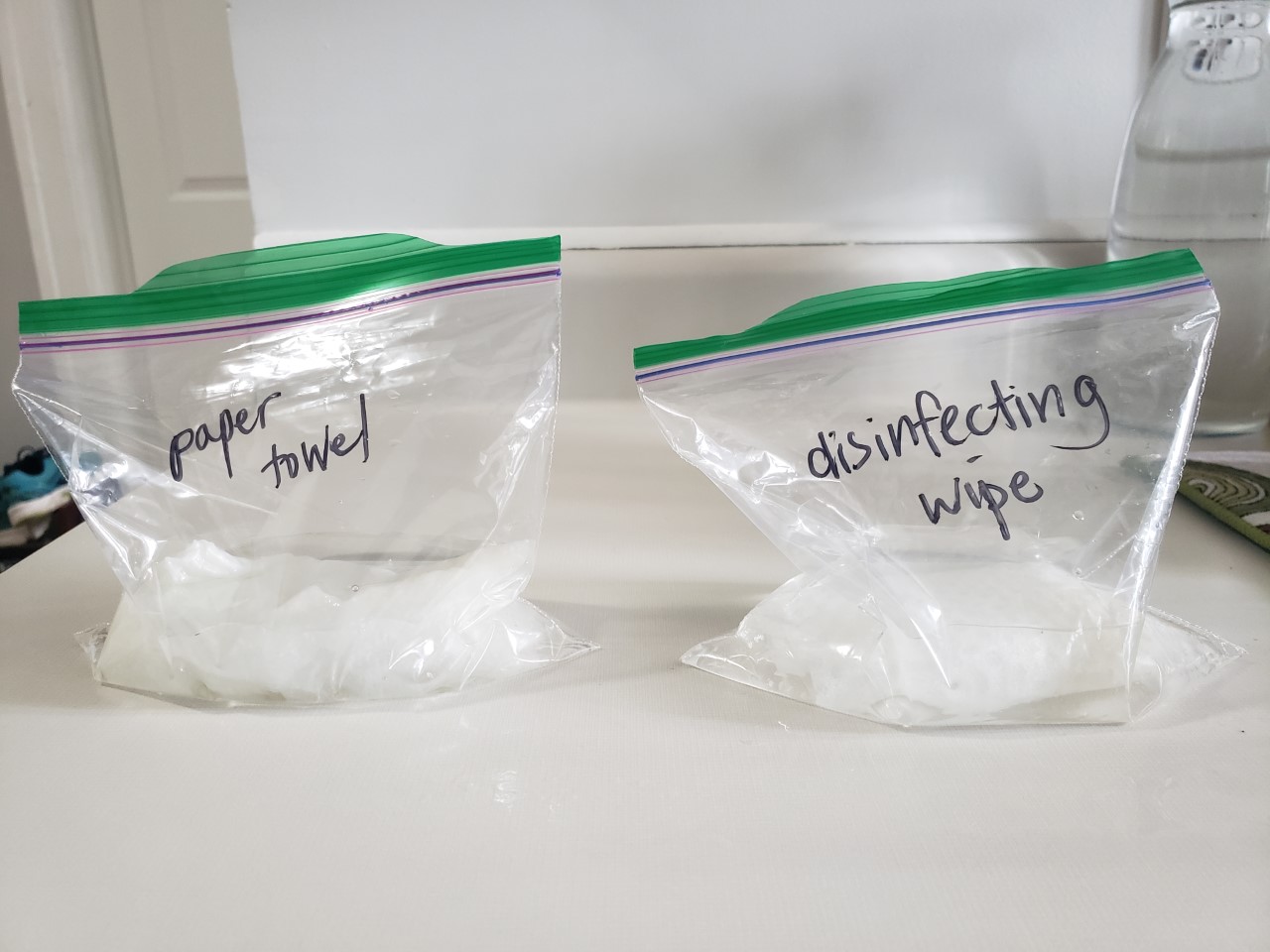
- If they don’t already have flushable wipes at home, students could use a disinfectant wipe, baby wipe, or a rag in place of a flushable wipe.
- Invite students to create a photo journal using a slideshow app (e.g. Google Slides) to document their experiment by taking a picture of their fatbergs and summarizing their experimental results each day.
- Have students check back and record observations daily for seven days instead of the time frames given in the lesson plan.
- If your school is using a learning management system that allows for discussion board posts, you can have students share a summary of what they did, watched, learned or discussed at home in this lesson.
- Have them research the same materials listed in the lesson plan for the experiment, but give them the option to test other household materials that they think might sometimes get flushed.
- Instead of doing ACTIVITY 3, have students show someone their photo journal to teach them about their fatberg experiment and why only toilet paper should be flushed. Have them incorporate the terms soluble and insoluble into their explanation.
- Students could record a video discussing their experiment at different times during the week and post it to a video discussion thread on an app like Flipgrid to share with the class.
Ultimately, whichever ways you choose to modify this lesson to make it work for home learning, your students will be surprised by the science of fatbergs and the issues they are causing in sewers. And at a time when toilet paper is a household topic of discussion, this might just be the most real-world lesson students have done in a while.
When you do this lesson remotely with your learners, we would love to know about it! Students can directly share what they create in their experiment growing a fatberg with Great Lakes Now by emailing results to gln@dptv.org or by posting photos of their fatbergs at home on Facebook or Twitter to @GreatLakesNow.
More resources from Great Lakes Learning:
